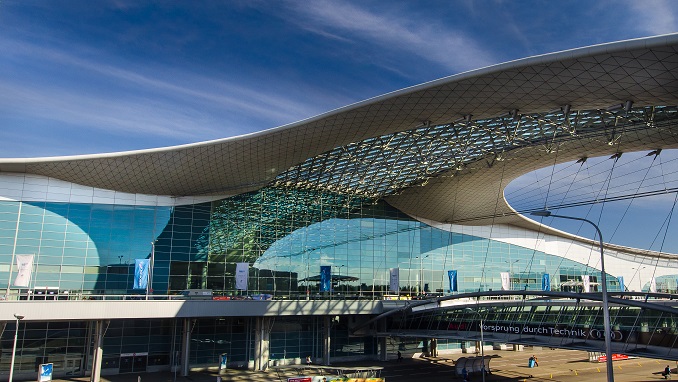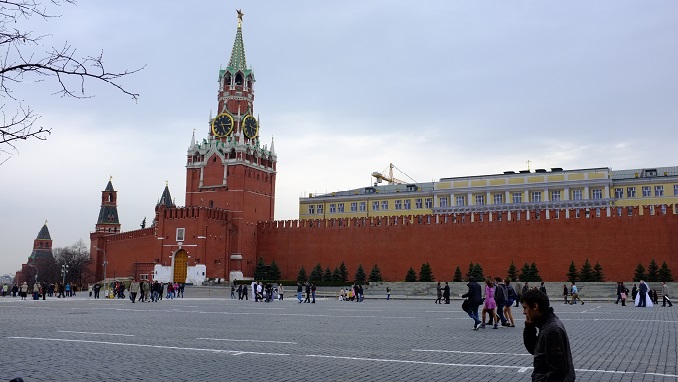With a new runway operational and a gleaming international terminal opening this month, Moscow’s Sheremetyevo airport has set an ambitious target to double traffic to 100 million passengers a year, OZY writes.
Nearly half are set to come from routes that were until only recently an afterthought: connecting flights between Europe and Asia, boosted by breakneck growth in tourism from China.
The weak ruble – currently trading at 62 to the dollar, less than half its value five years ago – has made Russia one of the top three destinations worldwide for Chinese tourists, Russian officials say.
“The ruble devaluation after 2014, Moscow’s efforts to simplify the process for Chinese tour groups to get visas together and active marketing by Russian tourism firms have contributed to the trend,” says Alexander Gabuev, chair of the Russia in the Asia-Pacific Program at the Carnegie Moscow Center.
“Russia has also allowed more flights from regional Chinese air companies to Moscow, which helps turn the Russian capital into an air hub for Europe-bound Chinese tourism,” Gabuev says.
Despite outcries from Russia’s Culture Ministry that Chinese tourists are swamping popular St. Petersburg tourist sites, their big-spending makes them an attractive proposition. The average Chinese tourist spends $700 on a trip to Russia, according to the central bank, while total spending for 2019 is expected to top $1 billion. As many as 70 percent of tax-free receipts handed out at Russia’s airports go to Chinese citizens.
Sheremetyevo, Moscow’s largest airport, is looking to capitalize on that growth. Signs and announcements are in Mandarin throughout, while duty-free stores accept popular Chinese payment methods, including UnionPay cards and online systems WeChat Pay and Alipay, OZY adds.
More than 2.3 million Chinese tourists flew into Sheremetyevo in 2019, including 1.26 million who transferred via the airport. Sheremetyevo, which offers flights to 29 Chinese cities served by eight Chinese airlines, expects that number to grow by 30 percent a year in the years to come.



